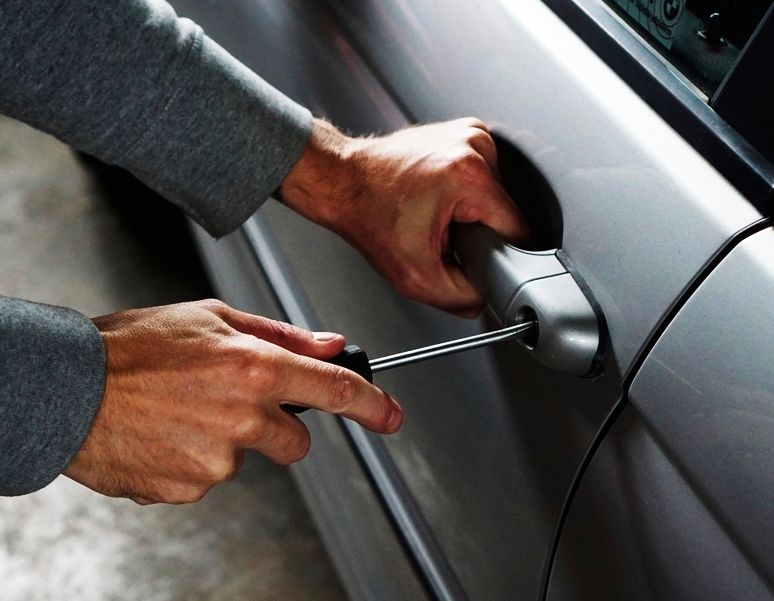
Car burglaries continue to pose a significant challenge for law enforcement agencies across the United States, prompting coordinated efforts to apprehend offenders and implement enhanced prevention strategies. Authorities in cities like Austin, San Antonio, and Albuquerque have highlighted the recurring issue of repeat offenders, often operating within organized criminal enterprises, as a primary driver of these property crimes.
These incidents frequently extend beyond simple theft, evolving into broader financial crimes through the use of stolen credit and debit cards. The complex nature of these criminal networks necessitates multi-agency cooperation and relies heavily on community involvement, including tips, photos, and videos from witnesses and victims, to aid investigations and secure arrests.
Law enforcement officials emphasize that while arrests are being made, the fight against car burglaries is ongoing and requires continuous vigilance from both police and the public. Understanding the methods of these offenders and adopting robust preventative measures are crucial steps in mitigating the impact of these persistent property crimes.

1. **Austin Police Department’s Initial Operation and Arrests**The Austin Police Department (APD) recently announced a series of arrests linked to a significant string of car burglaries targeting popular Austin parks. Over a four-week period, the department, in collaboration with various city and Travis County departments, conducted an operation that resulted in 12 arrests, signaling a focused effort against what APD termed a “large criminal enterprise.”
These arrests were connected to burglaries occurring between Feb. 13 and Feb. 26. Individuals apprehended face a range of charges, including engaging in organized criminal activity, failure to identify, request to apprehend, burglary of a vehicle, and driving without a license. Among those arrested were Heaven Carter (24), Armynie White (21), Deshauna Penson (27), Jai Ana Smith (27), Jamila Westmoreland (27), Rickeisha Thompson (26), Natayla Jackson (23), Destiny Thomas (22), and Artraell Vincent (32). Notably, some individuals, including Heaven Carter, Armynie White, and Jamila Westmoreland, were arrested twice during this period. Police successfully recovered various stolen items, such as bank cards, purses, wallets, and other personal property, during the course of these arrests.
Read more about: Cincinnati’s Viral Downtown Brawl: A Comprehensive Examination of the Court Proceedings and Surfacing Racial Tensions

2. **The Challenge of Repeat Offenders in Austin**The issue of repeat offenders is a central concern for the Austin Police Department, as highlighted by Detective Shawn Green. Green addressed the frustration associated with individuals who are arrested multiple times for similar offenses. He emphasized the department’s commitment to performing their duty as investigators and officers, stating, “There needs to be some kind of accountability to say, ‘this is no longer a free-for-all. Someone is watching.’ And that is what we intend to do.”
Armynie White, one of the individuals initially arrested, was pulled over again weeks later and provided a false name. Officers recognized her and proceeded with an arrest for an outstanding warrant and a new charge of failure to identify as a fugitive. A subsequent search of White’s vehicle revealed 34 gift cards, which investigators suspect were purchased using stolen debit and credit cards, underscoring the layered nature of these crimes.
Detective Green indicated that investigators believe as many as two or three dozen people could be involved in this criminal network, and further arrests of “co-conspirators” are anticipated. He described the evolving nature of the crimes, noting, “On top of the vehicle burglaries, they are then taking those stolen cards and conducting financial crimes, fraudulent purchases, right? So, this spider web just continues to grow.”
Read more about: Cincinnati’s Viral Downtown Brawl: A Comprehensive Examination of the Court Proceedings and Surfacing Racial Tensions
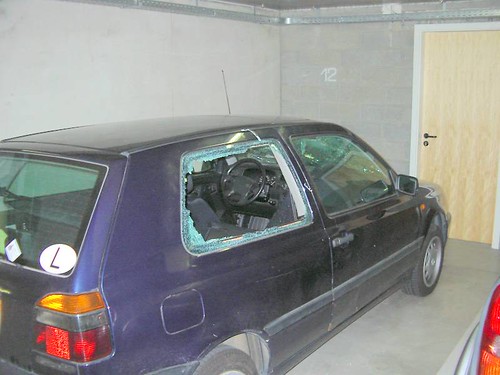
3. **Further Arrests and Co-conspirators in Austin**Beyond the initial sweep, the Austin Police Department has continued its efforts, resulting in additional arrests connected to car burglaries. On March 7, officers from the North Metro Tactical Response Unit, working in conjunction with APD Patrol Officers downtown, conducted a traffic stop on a vehicle displaying a fraudulent temporary license plate.
The driver was identified as Lonnie Burke, 30, and the front passenger was Trayvon Swain, 26, who was recognized as a known co-conspirator in the Austin City Parks vehicle burglaries. Officers were aware that Swain had active arrest warrants for Debit or Credit Card Abuse and Engaging in Organized Criminal Activity. Swain was promptly arrested on these warrants, and during his arrest, officers discovered a tool specifically designed to break vehicle windows. Additionally, a black purse containing an Amazon gift card, believed to be stolen, was recovered.

4. **San Antonio Police Department’s Burglary Motor Vehicle Task Force**The San Antonio Police Department (SAPD) proactively launched its “Burglary Motor Vehicle Task Force” on November 30th, specifically targeting a surge in thefts during the holiday season, following an increase in vehicle burglaries throughout the year. The task force quickly became active, making significant progress within its first three weeks of operation.
Sgt. Jerry Hernandez of SAPD reported that the task force arrested 30 individuals on one or multiple charges during this initial period. Their efforts also led to the recovery of 23 stolen vehicles and 10 firearms. Hernandez noted that most suspects were part of organized groups, often comprising several criminals who work together to quickly target multiple vehicles. These groups frequently steal a car, then swap its license plate with a different stolen one before proceeding to target other vehicles. He added, “The majority of people that we deal with are highly organized and have pre-planned some of these things.”
Approximately half of the individuals arrested by SAPD were identified as repeat offenders, having prior burglary arrests or being out on bond for other offenses. Sgt. Hernandez emphasized that repeat convictions can significantly escalate charges and increase the likelihood of jail time. The task force, comprising 50 officers, sergeants, and detectives from various divisions, operates by reallocating resources each holiday season. While it is not a permanent unit, its operations were expected to continue through and beyond the Christmas holiday, with Hernandez remarking, “There is no shortage of work.”
5. **Vehicle Burglary Prevention Strategies (Austin & San Antonio)**Law enforcement agencies in both Austin and San Antonio consistently advise residents to adopt specific measures to prevent becoming victims of vehicle burglaries. These tips are designed to reduce opportunities for criminals, who often operate quickly and target easily accessible valuables.
The Austin Police Department recommends several key precautions: always lock car doors, hide all valuables from plain sight, park in well-lit areas, use anti-theft devices, and remain aware of one’s surroundings. They also suggest utilizing recording devices, such as dash cameras, which can provide crucial evidence to identify and apprehend offenders.
Similarly, the San Antonio Police Department emphasizes practical steps for drivers, particularly during times like the holiday season. They advise keeping presents or return items in the trunk or other concealed locations to avoid tempting thieves. A critical warning from SAPD is to never leave key fobs inside the vehicle, as this often leads to the entire vehicle being stolen. Furthermore, securing firearms when they are not in the vehicle is paramount, as stolen guns not only endanger the public but also make law enforcement’s job more perilous, as highlighted by Sgt. Hernandez: “They are purposely going to take someone else’s property and now they are acquiring a firearm. That just makes it more dangerous for not just the public but for the officers as well.”
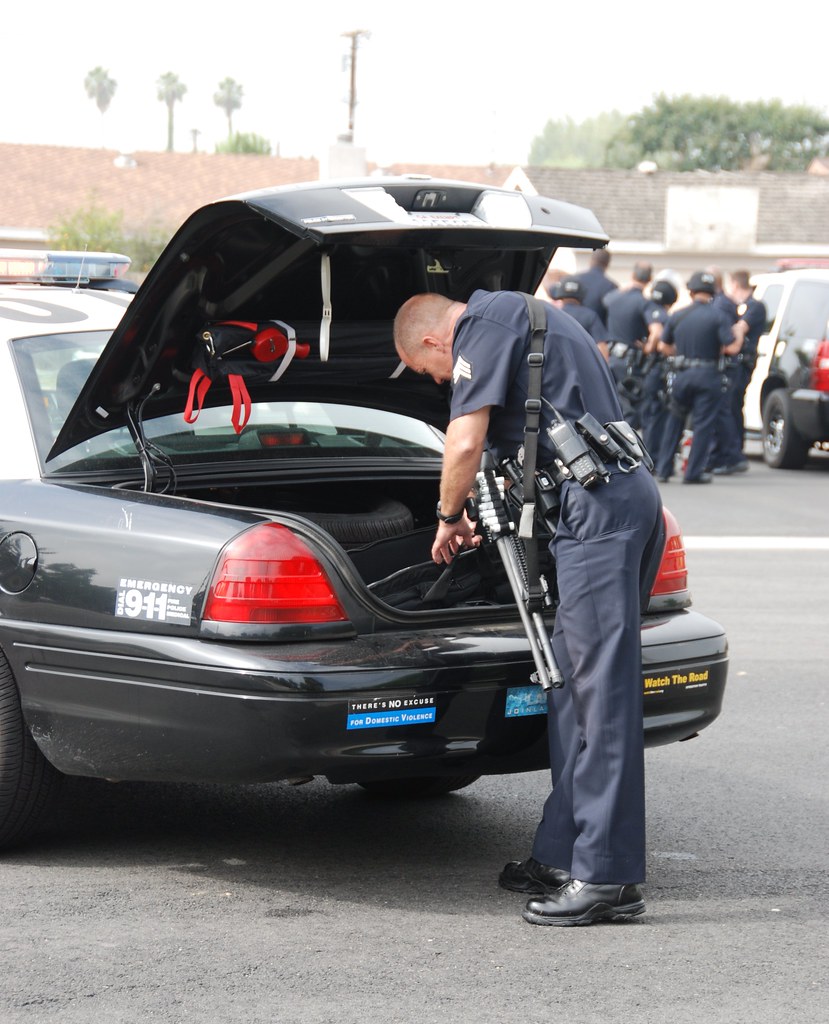
6. **Albuquerque Police Department’s Focus on Top 10 Burglary Offenders**The Albuquerque Police Department (APD) has taken a proactive approach to combating burglaries by announcing a list of its top 10 wanted burglary offenders, following a series of recent arrests of repeat offenders in the area. This initiative aims to increase public awareness and solicit community assistance in locating these high-priority individuals.
Last month, Axel Doerr was arrested and charged by APD after being linked to a series of storage unit burglaries at multiple locations, facing 14 counts of non-residential burglary. Currently, seven of the ten individuals on the top 10 list have outstanding warrants for burglary and other related crimes. APD specifically highlighted Antonio Atencio, who is wanted for aggravated burglary, receiving and transferring a stolen motor vehicle, and other charges stemming from a February incident where he allegedly broke into an elderly woman’s home while armed with a deadly weapon. The vehicle used in this incident was previously reported stolen from an earlier residential burglary. Another individual, Michael Benavides, was also identified as a top 10 wanted offender after he reportedly broke into a local restaurant in March, stealing property and causing over $1,000 in damage by breaking a window to gain entry.

7. **Home and Business Security Recommendations (Albuquerque)**In response to the persistent threat of burglaries, and anticipating a typical increase in incidents during the warmer summer months, the Albuquerque Police Department (APD) offers a comprehensive set of security tips for both homeowners and business owners. These recommendations aim to fortify properties and deter potential offenders.
APD advises the installation of quality camera systems and stresses the importance of learning how to properly operate them to ensure effective surveillance and evidence collection. Installing a reliable security system is also a primary recommendation, providing an immediate alert mechanism in case of unauthorized entry. Adequate lighting in dark areas of the property is crucial, as well as installing and maintaining high-quality door and window locks to enhance physical security. Owners are reminded to ensure all exterior doors, including those inside a garage, are properly secured before leaving their premises, and to secure all windows.
For those planning to be out of town, APD suggests informing a trusted neighbor or friend to keep an eye on the property. Crucially, the department encourages the community to report any suspicious activity by calling 242-COPS. Furthermore, the Albuquerque Police Department’s Crime Prevention Unit provides a valuable service by offering free security surveys for business owners and homeowners. These surveys offer tailored recommendations based on the specific environment and design of individual properties. More information can be obtained by contacting a local substation or calling 311.
California is taking a tougher stance on theft and drug crimes in 2025, introducing a series of new laws designed to significantly increase penalties. These legislative changes aim to reclassify what were once considered minor offenses, potentially leading to felony charges, longer sentences, and permanent criminal records for those convicted. The shift underscores a broader effort to enhance accountability across various criminal activities, from organized retail theft to fentanyl-related offenses.
Understanding these new legal frameworks is crucial for various stakeholders, including business owners, consumers, and individuals who may face charges under the updated statutes. The comprehensive nature of these reforms signals a commitment to deterring criminal behavior and providing law enforcement with stronger tools to combat evolving crime trends. These changes reflect a growing concern over the impact of theft and drug crimes on communities and the need for more stringent legal consequences.
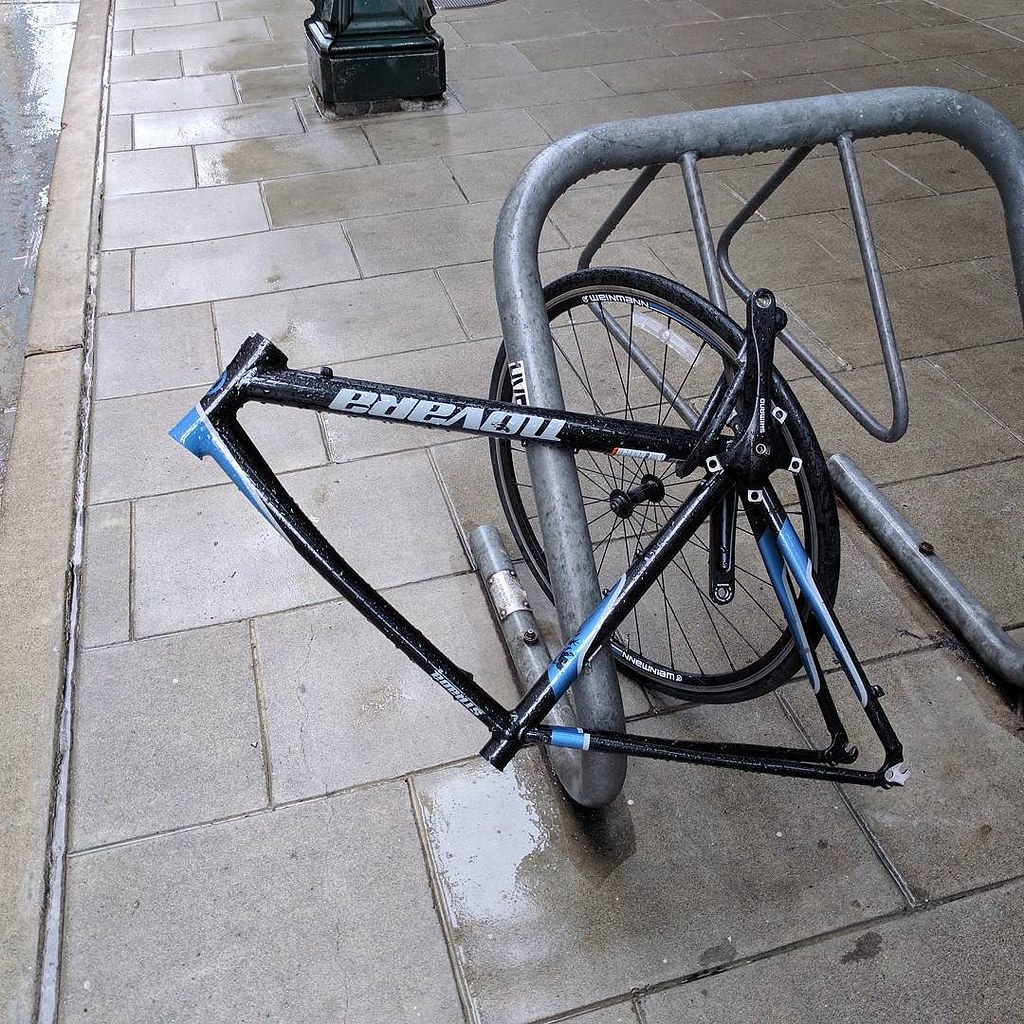
8. **California’s New Legislative Efforts to Combat Theft and Drug Crimes**California’s 2025 theft and drug laws introduce a significant overhaul, making it imperative for individuals and businesses to understand the updated legal landscape. The legislative package is designed to escalate the consequences for various offenses, aiming to curb the rising rates of property and drug-related crimes across the state. These changes are expected to have far-reaching implications, transforming how prosecutors approach cases and how courts impose sentences.
The core objective of these new laws is to close previous loopholes and deter criminal activity by ensuring that penalties are commensurate with the societal impact of these crimes. From enhanced surveillance measures to stricter sentencing guidelines, the state is signaling a no-tolerance approach. These reforms underscore a public safety imperative, seeking to protect communities and reinforce the legal framework against persistent criminal enterprises.

9. **Organized Retail Theft: Now a Permanent Felony (AB 1802/SB 982)**Retail theft rings have presented a growing problem in California, prompting lawmakers to take decisive action. Penal Code 490.4, which addresses organized retail theft, has been made permanent, removing its previous expiration date and ensuring that harsher penalties remain in effect indefinitely. This legislative move provides authorities with stronger, long-term measures to combat coordinated shoplifting operations that frequently impact businesses across the state.
Organized retail theft under these updated laws involves two or more individuals collaborating to steal merchandise, often leveraging social media or messaging applications to plan their activities. These groups are known for targeting multiple store locations rapidly and employing specialized tools or techniques to bypass security systems. The legislation increases penalties, particularly for repeat offenders and those who coordinate these theft rings, while also closing loopholes that previously facilitated the online resale of stolen goods, making it more challenging for criminals to profit. Key provisions include retail crime protective orders, which allow courts to ban convicted individuals from retail stores for up to two years, with exceptions for essential services, and the continuation of statewide task forces that work across multiple counties to dismantle theft rings. For penalties, a single incident under $950 in stolen goods can still result in misdemeanor charges and up to one year in jail. However, if thefts exceed $950 in total value, either from one incident or multiple incidents combined within a 90-day period, felony charges now carry penalties ranging from 16 months to 3 years in prison.
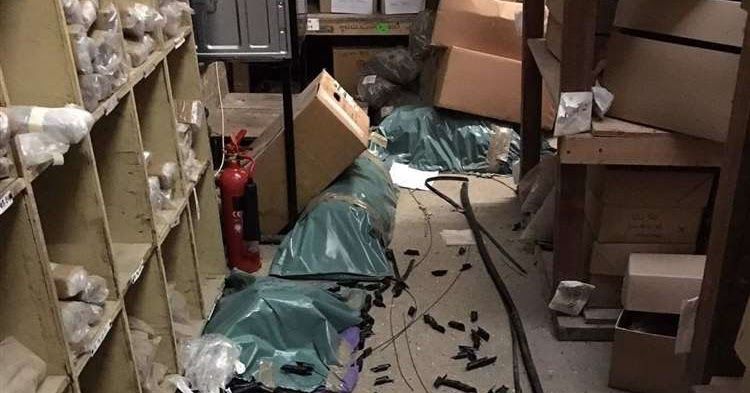
10. **Felony Possession of Stolen Goods (AB 2943/PC 496.6)**Assembly Bill No. 2943 (AB 2943) creates a new felony offense under Penal Code 496.6, significantly increasing the consequences for possessing stolen property with the intent to resell it. While the act of possessing stolen goods has always been illegal, the updated law introduces stricter criteria and harsher penalties aimed at individuals who knowingly engage in this activity. Prosecutors now have enhanced tools to prove a defendant’s knowledge that goods were stolen, which is a key factor in securing convictions.
Courts will consider several indicators to establish this knowledge, including a significantly low purchase price compared to the market value, which can suggest awareness of the items’ stolen origins. The removal or alteration of serial numbers, as well as items still in their original retail packaging with intact security devices, may also raise suspicion. Furthermore, possessing multiple identical new items without verifiable proof of purchase can strengthen the case against a defendant, especially if they cannot provide a consistent explanation for the source of the goods. Missing documentation for high-value items also serves as a red flag. The updated laws lower the felony threshold; possessing stolen property valued at more than $950 is now an automatic felony. Aggregation rules allow prosecutors to combine thefts over a 90-day period or incidents involving multiple accomplices to meet this $950 felony threshold, meaning that multiple small thefts can collectively be treated as a single felony case. The legislation also places a focus on online resellers, requiring marketplaces like eBay and Facebook Marketplace to report suspicious transactions, thereby making it harder to sell stolen goods online.
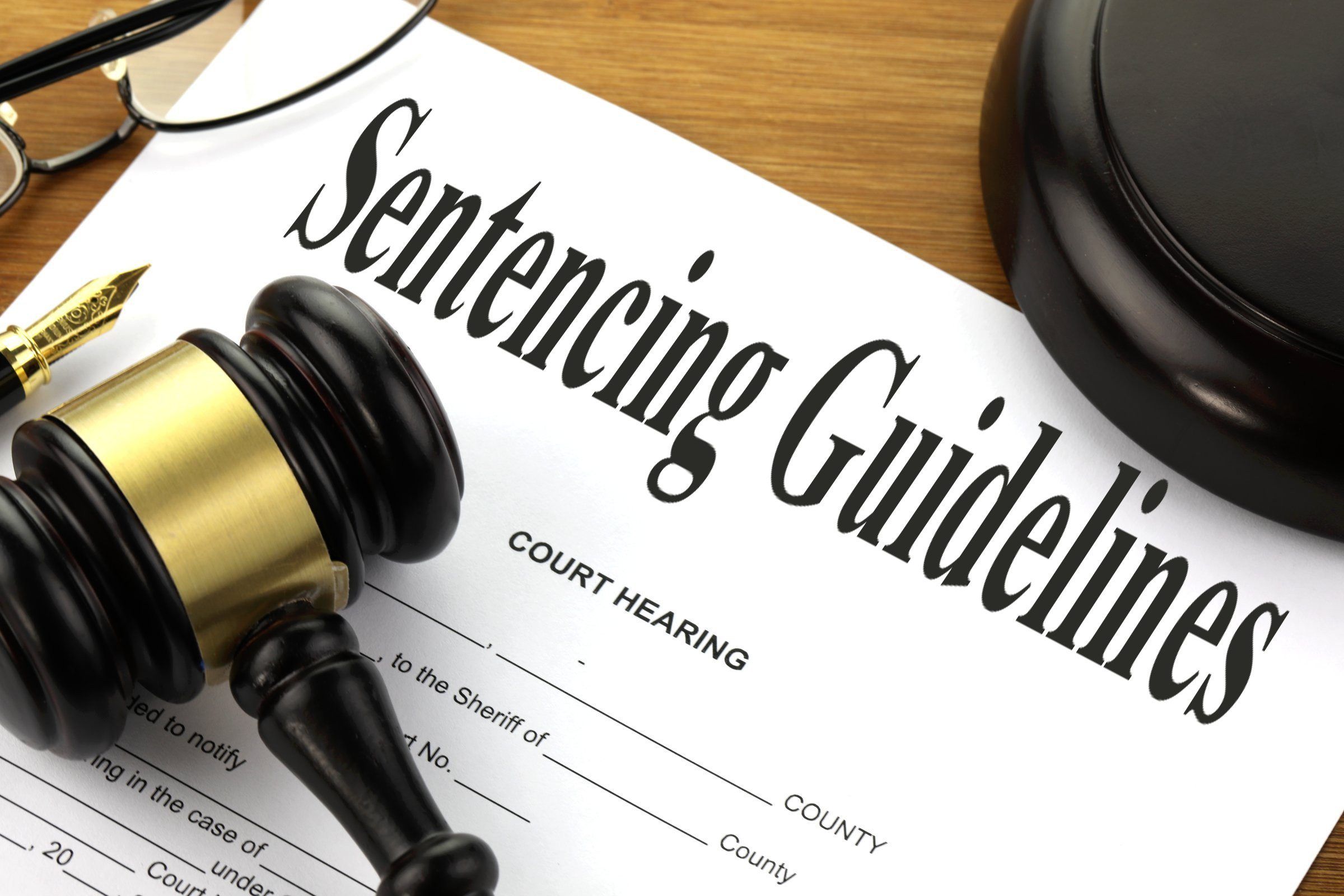
12. **Harsher Sentences for Repeat Offenders**California’s 2025 Theft and Drug Laws demonstrate a firm stance against repeat offenders, instituting measures that ensure individuals with prior theft or fraud convictions face more severe penalties. The state’s intent is to create a stronger deterrent for persistent criminal behavior and reduce recidivism by imposing significant consequences for those who continue to engage in unlawful activities after previous encounters with the justice system.
California’s 2025 Theft and Drug Laws demonstrate a firm stance against repeat offenders, instituting measures that ensure individuals with prior theft or fraud convictions face more severe penalties. The state’s intent is to create a stronger deterrent for persistent criminal behavior and reduce recidivism by imposing significant consequences for those who continue to engage in unlawful activities after previous encounters with the justice system.
A key provision under these new laws is a new felony classification. If an individual has previous theft convictions, their next offense may automatically be charged as a felony, even if the value of the stolen property is under $950. This change ensures that a pattern of criminal behavior, regardless of the immediate monetary value of the new offense, is met with serious legal repercussions. Furthermore, judges are now empowered to impose extended probation terms of up to two years for repeat offenders, often coupled with mandatory rehabilitation programs. These longer probation periods and mandated programs aim to address the root causes of repeat offending, providing a structured path toward rehabilitation while maintaining judicial oversight.

13. **Drug Crimes: Fentanyl Crackdown (Proposition 36)**As part of California’s 2025 Theft and Drug Laws, Proposition 36 significantly strengthens the tools available to prosecutors for proving a defendant knew they were in possession of fentanyl. This measure reflects an escalating concern over the opioid crisis and the lethality of fentanyl, aiming to hold individuals more accountable for their involvement with the drug. The law specifies various factors that courts can consider when establishing knowledge, allowing for more robust prosecution.
These factors include drug test results that confirm the presence of fentanyl, the existence of warning labels on drug packaging, communication records discussing fentanyl, and the presence of testing supplies such as fentanyl test strips. Prior arrests related to fentanyl possession or distribution can also be used to demonstrate a pattern of involvement, and witness testimony regarding the source of the drug may further strengthen the prosecution’s case. Proposition 36 introduces tougher sentences for fentanyl-related offenses based on the quantity possessed: possessing under 1 gram can lead to 2-4 years in state prison; 1-4 grams, 3-6 years; 4-20 grams, 5-8 years; and over 20 grams, 7-12 years. Additionally, there is an extra 3-year enhancement if the intent to sell can be proven. Crucially, if someone dies from fentanyl supplied by a defendant, prosecutors now have the authority to charge that individual with murder, underscoring the severe consequences for contributing to fatal drug overdoses.

14. **Defense Strategies and Consequences of Conviction**With the introduction of California’s stricter measures in the 2025 Theft and Drug Laws, mounting an effective legal defense has become more critical than ever. Individuals facing charges under these updated statutes need to be aware of available defense strategies that can mitigate potential penalties and protect their future. Legal representation is crucial in navigating the complexities of these new laws, which carry significant implications for those convicted.
Defense strategies include challenging inflated theft valuations, as prosecutors often overestimate the value of stolen goods to push for harsher charges. A meticulous review of evidence can help dispute these claims, potentially reducing the severity of the charges. Depending on the circumstances, legal teams can also negotiate for reduced charges, working to reclassify felonies to misdemeanors, thereby helping clients avoid long-term consequences. Additionally, fighting unconstitutional searches is a vital defense, as many theft and drug cases involve improper searches by law enforcement. Challenging any violations of a defendant’s rights can lead to evidence being thrown out. For first-time offenders, alternative sentencing options such as rehabilitation programs or community service may be available as alternatives to jail time. The consequences of a conviction under these new laws can be lasting and severe: a felony record makes it harder to obtain jobs, housing, and loans; felons lose their right to vote while incarcerated; non-citizens could face deportation risks; professional licenses in fields like nursing, law, and finance may become inaccessible; and certain offenses can lead to driver’s license suspension.
Read more about: They Had 12 Planes, Japan Sent Dozens: The Unyielding Wildcat Defense of Wake Island
The collective efforts of law enforcement agencies across multiple cities and the proactive legislative changes in California underscore a significant shift in addressing pervasive property and drug crimes. From local operations targeting repeat offenders to statewide reforms enhancing penalties, the focus remains on deterring criminal activity and holding perpetrators accountable. These integrated approaches, coupled with consistent community vigilance and robust prevention strategies, are central to confronting the evolving challenges posed by organized criminal enterprises and ensuring public safety.




